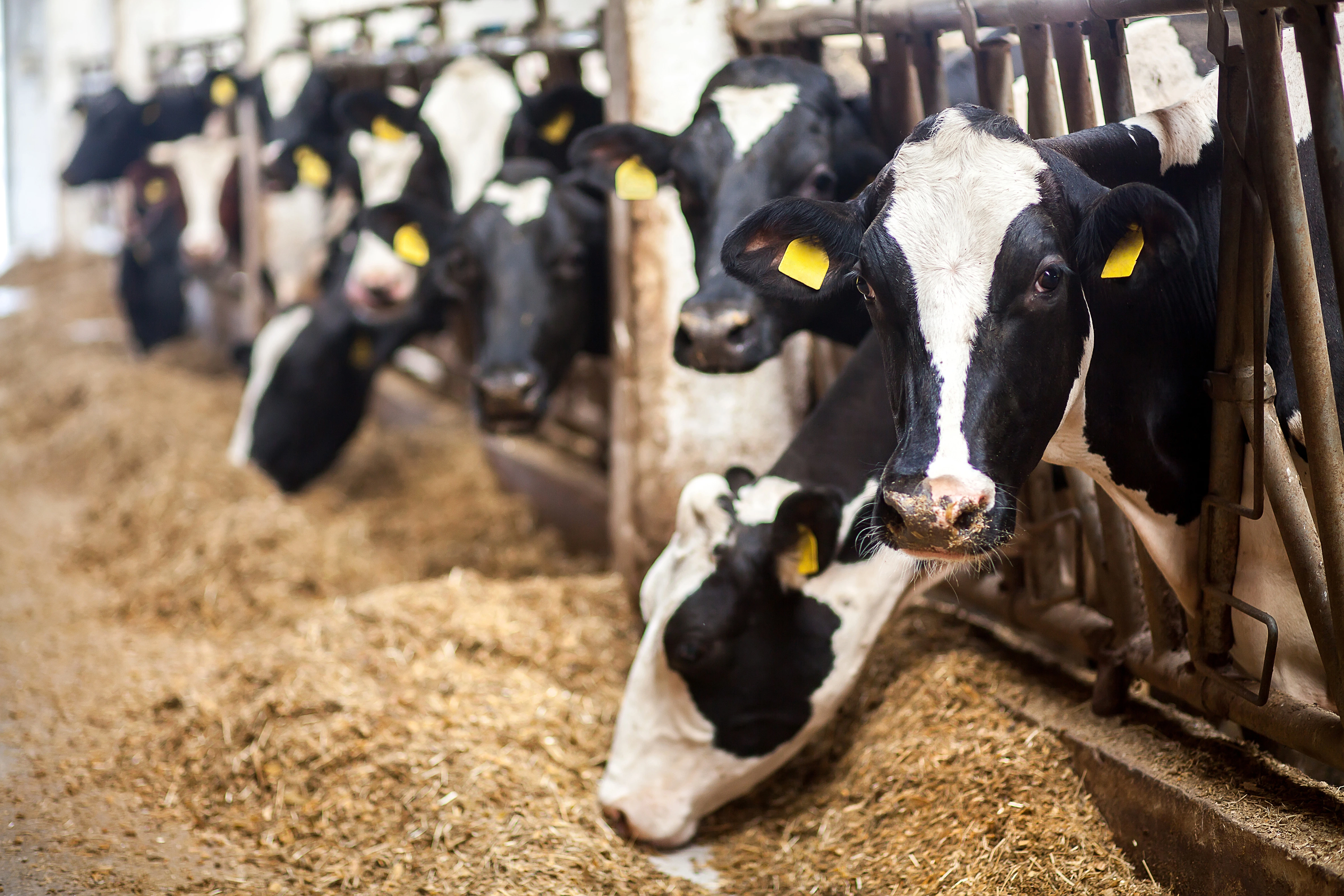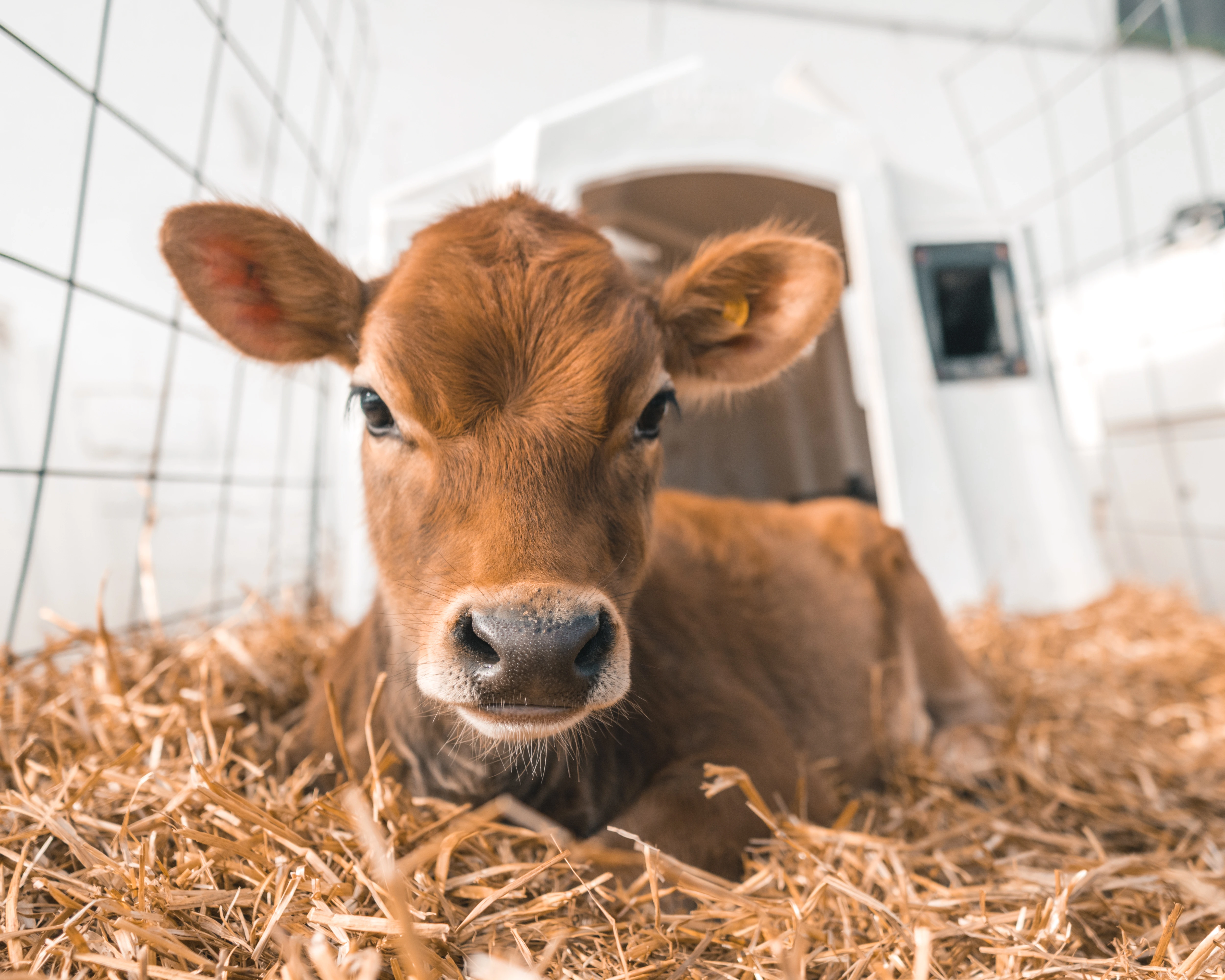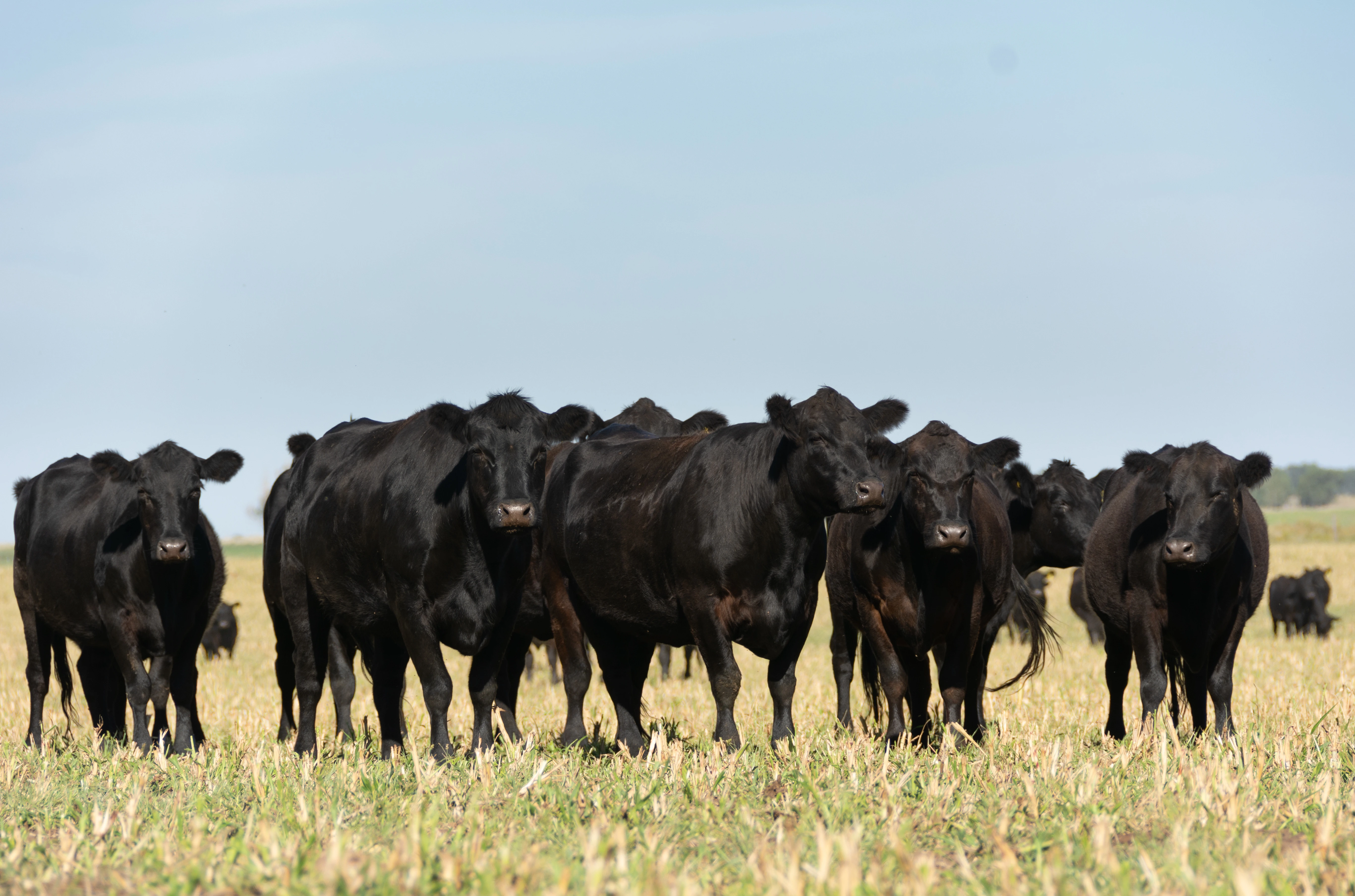
Healthy cows are productive cows. Healthy cows are also more sustainable and efficient cows.
That’s important for the future of agriculture when faced with feeding a growing world and minimizing the carbon footprint of the dairy. Dairy cattle disease and health issues that negatively impact cow productivity also decrease the efficiency of milk production and the productive life of cows.
Researchers at the University of Copenhagen, with input from researchers in Canada, Switzerland, and the United Kingdom, recently conducted a thorough economic analysis of the losses that occur from common disease/health conditions. They identified the top 12 diseases/health conditions as mastitis (subclinical and clinical), lameness, paratuberculosis (Johne’s disease), displaced abomasum, dystocia, metritis, milk fever, ovarian cysts, retained placenta, and ketosis (subclinical and clinical).
The impact of the diseases in 183 milk-producing countries was measured. The financial losses studied included lost milk production, reduced fertility, and culling. Treatment cost was not included in the analysis. The researchers also used a comorbidity adjustment to avoid double counting losses when cows were impacted by more than one issue at a time. Without the comorbidity adjustment, global losses would have been overestimated by 45%.
Annual losses were estimated at $351 per cow-year for a total annual loss of $65 billion worldwide. The costliest diseases in the analysis were subclinical ketosis, clinical mastitis, and subclinical mastitis, estimated at $18B, $13B, and $9B respectively. Estimated annual global losses for the other health issues included in the analysis were: lameness, $6B; metritis, $5B; ovarian cysts, $4B; paratuberculosis, $4B; retained placenta, $3B; displaced abomasum, $0.6B; dystocia, $0.6B; milk fever, $0.6B; and clinical ketosis, $0.2B. When annual losses were analyzed by country, India had the greatest amount of financial loss with $12B, followed by the United States at $8B, and China at $5B.
While it is difficult to make direct cost comparisons between the different dairy production systems around the world, this study underscores the importance of disease control in all dairy systems and how those losses can quickly add up. Disease/health issues, even subclinical ones, negatively impact cows. In addition, with the current emphasis on minimizing methane production from animal agriculture, it is important to remember that nutrition, genetics, animal health, and management all directly impact how much milk cows produce, and therefore how efficient they are at converting feed into milk and minimizing the amount of methane per pound of milk produced.
Talk to your veterinarian about how you can improve monitoring systems and use that data to detect and minimize the impact of disease on your dairy. Ask about a herd health audit to evaluate your systems and learn where you might be able to make improvements. Sometimes a fresh set of eyes, that doesn’t deal with the day to day running of the farm, can identify ways to improve herd health and your bottom line.
To learn more about the economic analysis reported in the Journal of Dairy Science, go to: https://www.journalofdairyscience.org/article/S0022-0302(24)00821-X/fulltext








